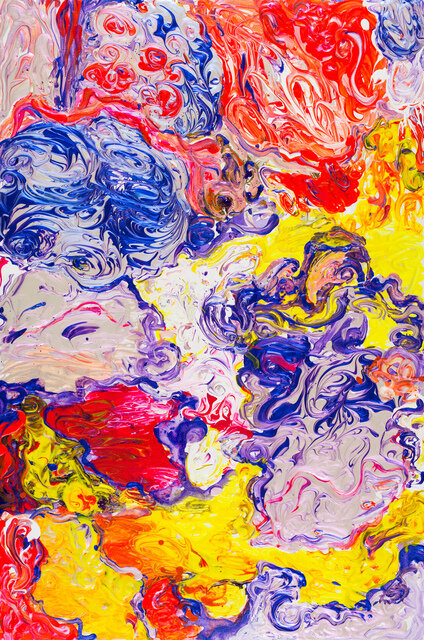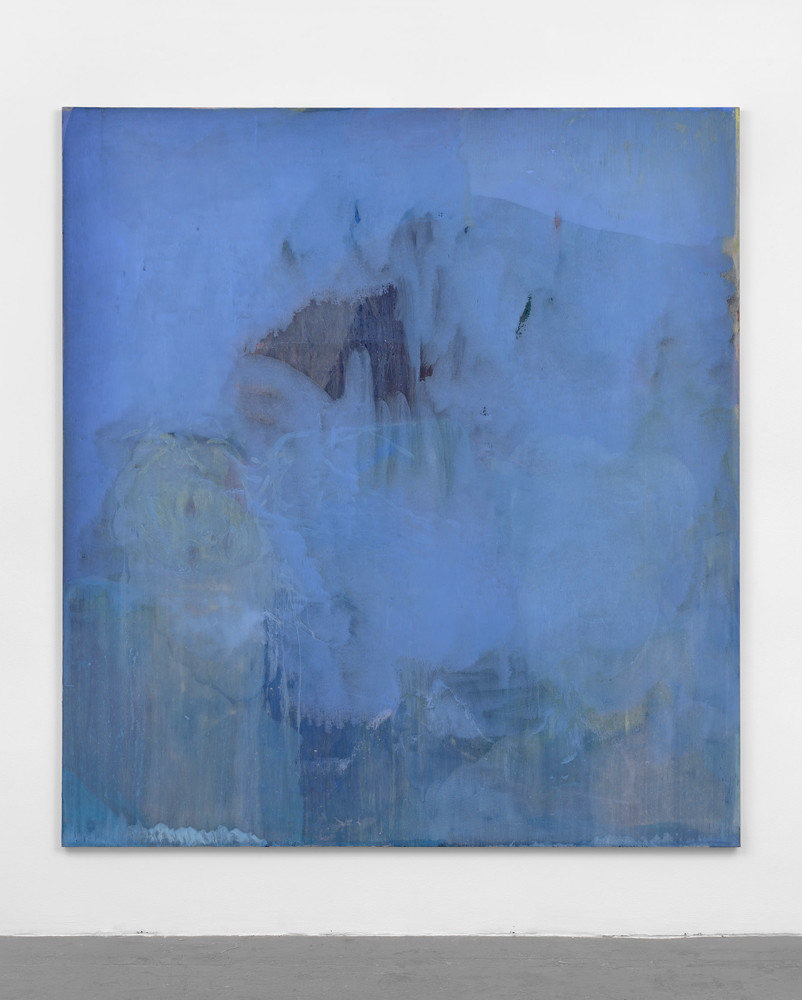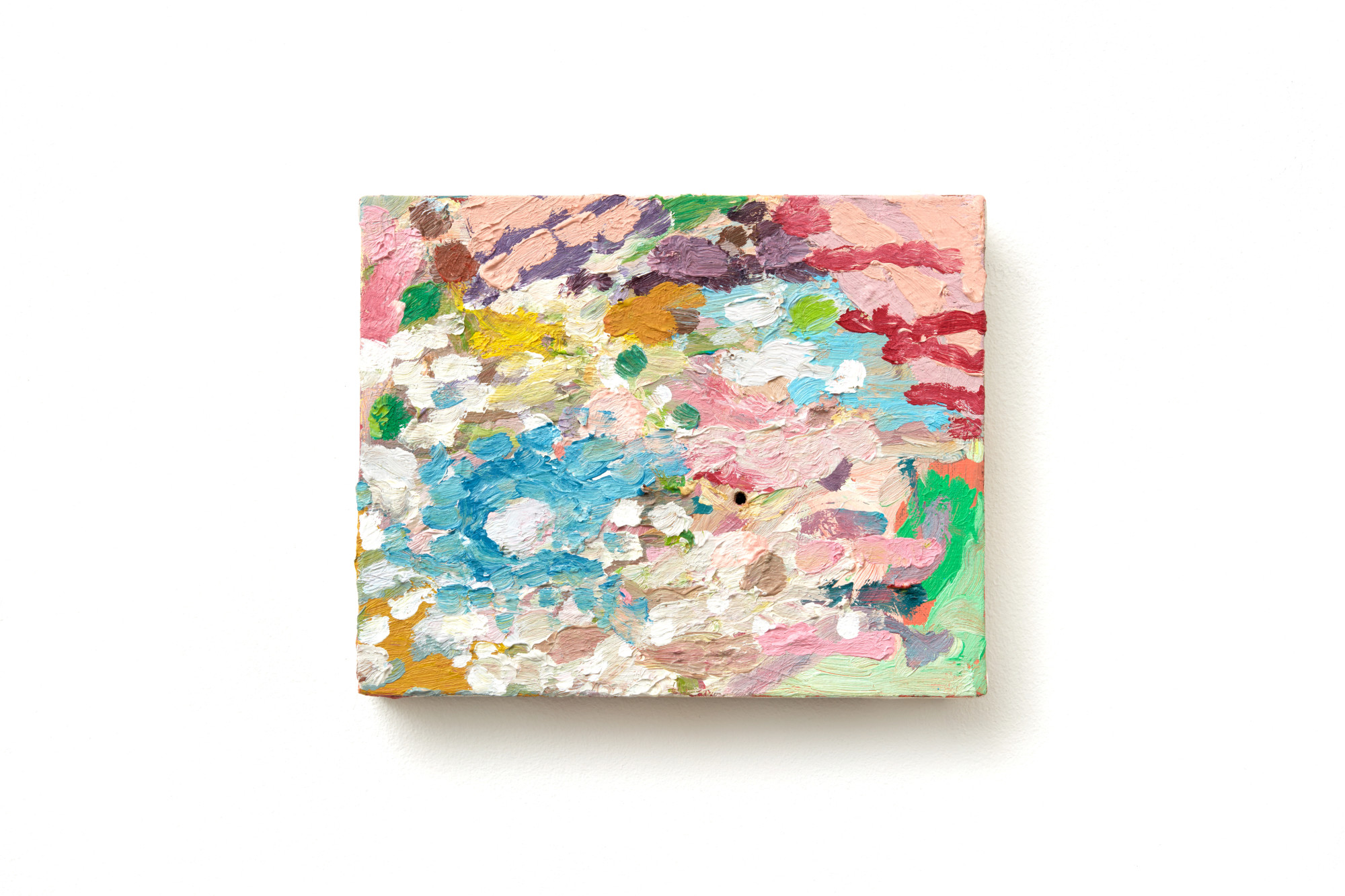Is that too cute? “Wishlist Wednesdays”? I was trying to think of something pithy, and catchy, but mainly, “Wishlist Wednesdays” sounded better than, “This-is-what-I’m-totally-obsessed-with-and-dream-about-adding-to-my-collection-all-day-long”. . .
This week: Erica Lee Sears
Bibbidi-bobbidi-boo
Sears is a painter, to put it as concisely and understatedly as possible. She is a master (that’s not a word I use lightly!) of the quotidian, a master of the banal, of taking midnight trips to McDonald’s and me-time in the bath and late-night snack runs to 7-11, of whipping it up like Cinderella’s Fairy Godmother getting her outfitted for the ball, and making it shine.
Wayne Theibaud, Sandwich, 1963
Sears’ style offers a study in texture–her reflective surfaces, are burnished so that you can almost find your face in them–and in light–contrasty and direct, serving to elevate the ring pop, or orange slices with multi-colored seeds, wine glasses, and the invasive cat from next door, to the heroic. Her still lifes conjure whispers of Wayne Thiebaud’s cakes, of his gumball machines, and his sandwiches, which are similarly positioned, alone or in groups on spare backgrounds of gently gradated pastels. I cannot aptly convey her facility for color in words but is simultaneously mindful of its impact, and completely unabashed of its undeniable beauty. It was her use of color that initially drew me to her work. That and her commitment: A. Painting. A. Day. Folks. If that’s not deserving of praise in this very weird moment of “let’s applaud that we got off the couch today,” then I don’t know what is.
I am well and truly enamored of them. Check out her Instagram, follow her for daily doses of deliciousness, and dream about adding them to your collection. Here are some of my favorites.





















